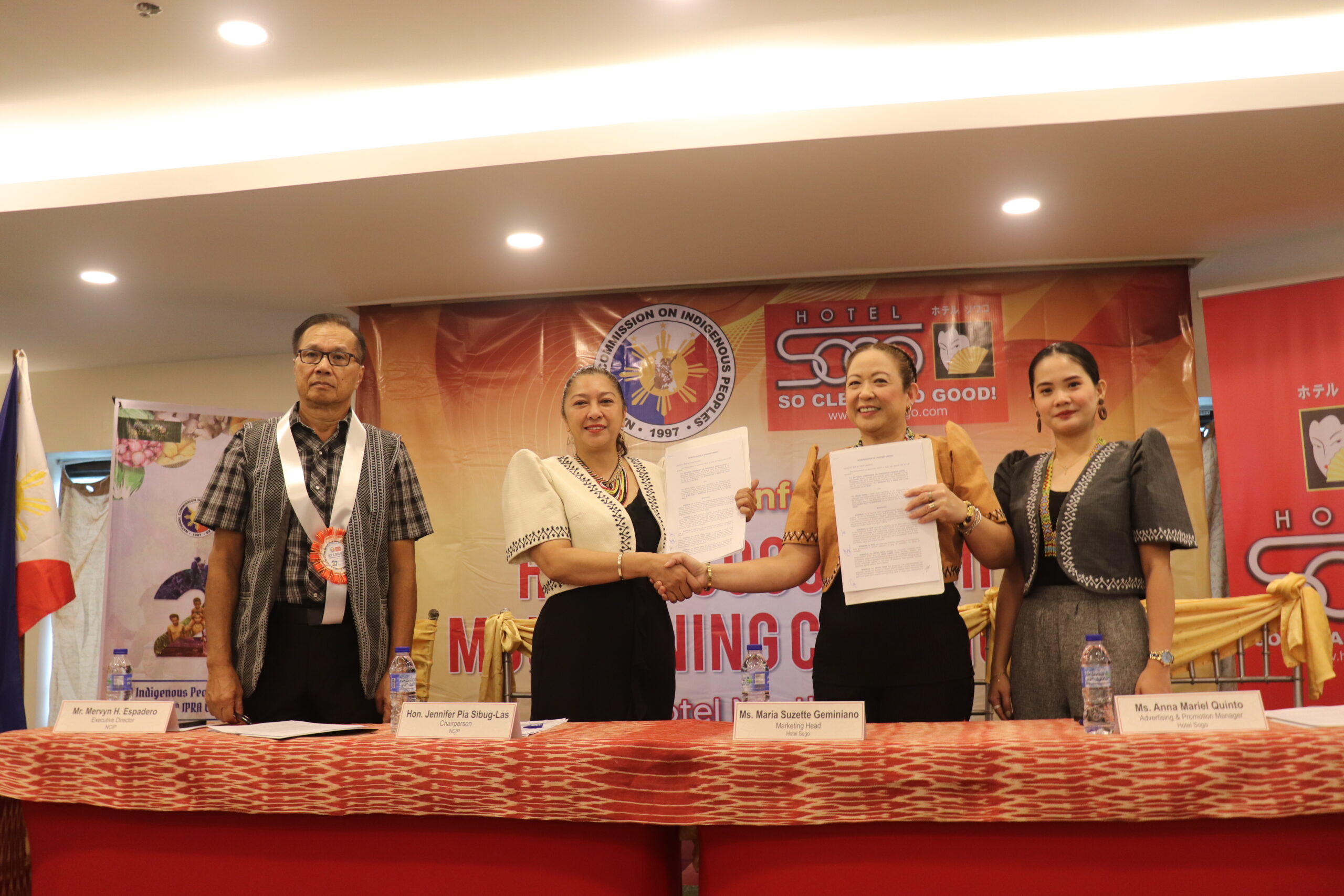
In a bid to showcase the Philippines as a formidable trading partner for China, the Department of Trade and Industry’s export promotion agency, the Center for International Trade Expositions and Missions (DTI-CITEM) went beyond the usual in ensuring that the Philippine National Pavilion will represent the country in a new light.
DTI Secretary Ramon Lopez leads a 300-strong delegation in the first ever import-only platform happening on November 5-10, 2018 at the National Exhibition and Convention Center in Shanghai. The China International Import Expo (CIIE) is the first international expo in China that solely features foreign exhibitors to capture the interest of the local Chinese market.
The delegation is composed of a total of 47 private companies and government agencies that occupy around 400 square meters of exhibition space at the Enterprise and Business Zone.
The exhibitors are presenting top-notch products and services from the Philippines encompassing various industries such as food and agriculture, consumer goods, accessories and apparel, electronic and automotive products, tourism, information technology, outsourcing, franchising and education services.
Modern Philippines at the first CIIE

The National Pavilion designed by Grayco, a multi-disciplinary agency composed of renowned Filipino creatives.
Tasked to design and execute the Philippine National Pavilion is Grayco. The team is composed of architect Jason Buensalido, artist Jowee Alviar, brand strategist Aaron Palileo and filmmaker Paolo Abella.
Together, they created a pavilion that showcases the Philippines’ achievements in trade and investment to promote the country as a reliable source of high-quality products and services to the Chinese market.
Building on the theme, “Partner Philippines: Building Value Together” Aaron Palileo talked about the team’s vision for the National Pavilion, “We knew that we didn’t want to focus on presenting the Chinese a laundry list of the products the Philippines has to offer. We wanted to find what was uniquely ours, which was our longstanding relationship with China.”
The visual potential and links to Filipino national identity inspired the designers to create a National Pavilion that celebrates the local craft of weaving. This is envisioned to help the country showcase its successes in the trade, tourism and investment sectors as well as signify its synergistic relationship with China.
“There is a very keen interest in weaving. In fact, the curiosity to the craft is very high and interesting enough that we believe it will be able to lure the people inside the pavilion,” said Jason Buensalido, who was responsible for overseeing the overall look of the National Pavilion. He emphasized the countless years the Filipinos spent perfecting the craft to turn it into one of the art forms that the Philippines can proudly claim.
“For me, the most important aspect of the design of the National Pavilion is the symbolic gesture of intertwining different threads which symbolize the cooperation between the two countries. In this case, it is in the form of services, products and nations coming together to fulfill a greater cause,” Buensalido added.
The National Pavilion was likewise designed to represent the Philippines in the 21st century. A seamless combination of art and technology is utilized as an instrument to encourage the Chinese market to invest in the Philippines. While the exterior of the National Pavilion will stay true to its ethnic roots through the interweaved patterns, the Pavilion is also showcasing innovative video installations that present the rapid modernization of the country’s industries.
An artist’s visualization of the Philippines’ National Pavilion at the CIIE.

Celebrating a thousand-year old friendship
Above all else, the team who conceptualized the National Pavilion wanted it to become a symbolic reminder of the relationship between the two countries. “Finding an angle that is really specific to the Chinese market and presenting the Philippines as a viable competitor to other countries is really important,” said Alviar on the initial stages of conceptualizing and designing the pavilion.
Two pathways on each side lead the visitors through a series of five LCDs projecting dynamic videos, impressive graphics and historical images that depict the five milestones in the 1000-year trade relations between the Philippines and China.
Aside from showcasing the different industries that the Philippines are offering to the Chinese market, DTI-CITEM also arranged the National Pavilion to have a convergence area where various events such as the opening night, networking activities and musical performances could be held in. Furthermore, the agency is positive that the National Pavilion is making an impact in the ongoing event by providing a unique selling narrative that embodies the Philippines as a trading partner and positions it as a reliable source of high-quality products and services.
“The entire journey will bring the visitor to one final takeaway or message: that the two countries’ long standing and symbiotic relationship should endure and continue to flourish,” Palileo said.

The Philippine participation in the CIIE was organized by the Department of Trade and Industry through its attached agencies; the Export Marketing Bureau (EMB), the Center for International Trade Expositions and Missions (CITEM), Foreign Trade Service Corps (FTSC), Philippine Trade and Investment Center – China (PTIC-China) and the Philippine Board of Investments (BOI). The event was organized in partnership with the Department of Agriculture (DA), Tourism Promotions Board (TPB), Department of Science and Technology (DOST), Commission on Higher Education (CHED), the Philippine Chamber of Commerce and Industry (PCCI), Bank of China (BOC), Federation of Filipino-Chinese Chambers of Commerce & Industry, Inc. (FFFCCI), Integrated Development Studies Institute (IDSI), Anvil Business Club and Philippine Airlines.
–
For more information, visit:
Websites: citem.gov.ph
Twitter (@CitemPh)
Facebook (/dti.citem)




